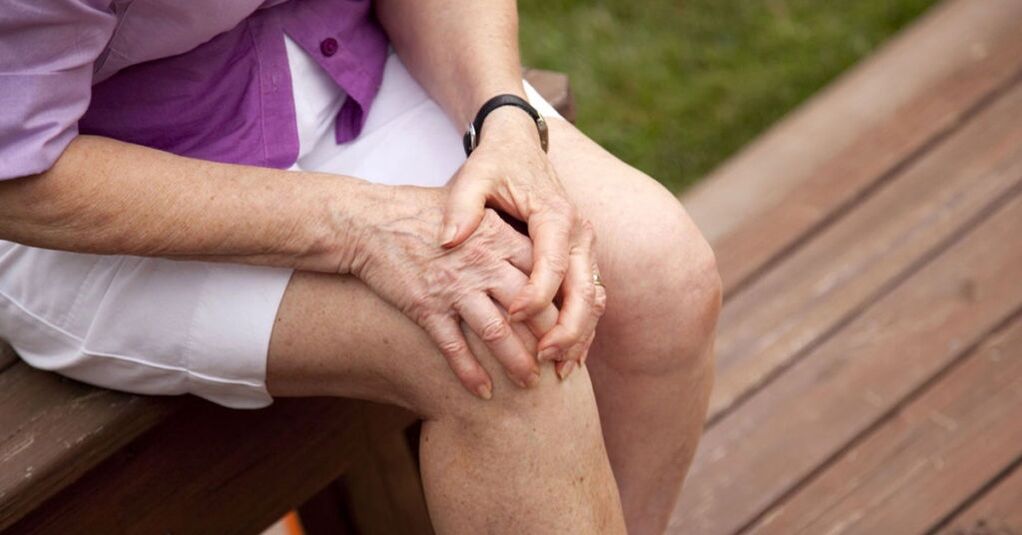
Joint pain is not just a problem for the older generation.Young people often encounter this situation as well.In some cases, painkillers help relieve uncomfortable symptoms, in other cases, medication is required, and in the most difficult cases, the help of a surgeon is required.
causes of joint pain
The cause of joint pain may be mechanical or infectious.After an injury, no one is surprised by pain when moving.But when pain occurs for no apparent reason, patients don't know how to act to get rid of the problem.
However, bacterial infections can cause pain.When pathogenic microorganisms penetrate synovial fluid, they can infect nearby soft tissues.Infection can enter a joint in a number of ways:
- Since it is a prosthetic limb, the sterilization material is of poor quality.
- Deep tissue damage due to skin infection;
- After any surgical intervention in violation of the rules of embalming.
In addition to bacteria, joints are also threatened by fungi.These microorganisms can also enter the synovial fluid due to infections acquired during surgical intervention.
Few people associate stomach problems or bladder injuries with knee or elbow pain.However, there is a connection.When the gastrointestinal tract becomes infected by bacteria, toxins and microbial colonies enter the bloodstream and travel throughout the body.Some of it is deposited in the joint cavity.Common risks include:
- Gastrointestinal disorders;
- Damage to the urinary system;
- sexually transmitted diseases;
- rubella;
- Angina pectoris;
- Infectious mononucleosis;
- pneumonia.
This suggests that improper treatment of infectious diseases can lead to more serious consequences than people think.For example, a late diagnosis of tonsillitis or a patient's refusal to take prescribed antibiotics may result in disability.That's because the strep bacteria that cause tonsillitis are recognized by the immune system as are the cells in the tissue inside heart valves and joints.Without antibiotic treatment as the primary treatment, the immune system itself destroys joint tissue while fighting the infection.
Viral infections can also affect joints.These diseases include:
- rubella;
- Hepatitis C;
- Hepatitis B;
- Herpes.
Humanity has not yet developed an effective antiviral drug.The only exception is the drug acyclovir, which is effective against the herpes virus.Other diseases caused by viruses can only be defeated by the body's immune system.To protect yourself from infections that can destroy joint tissue, you can arm your immune system with vaccinations.Rubella and hepatitis vaccinations are included in the compulsory calendar.
How to relieve pain
Orthopedic surgeons use NSAIDs as symptomatic treatment for joint pain.
If the pain is unbearable, you need to contact a specialist to install the blockade.This surgery allows you to inject anesthetic into the joint itself and into the root area of the nerve endings.But the solution to this problem is temporary.After 10-16 hours, the patient's condition will return to its original state.
What does creaking in the joints mean?
Creaking joints can be caused by a variety of reasons.On the one hand, tightening indicates depletion of the intra-articular matrix due to disruption of the water-salt balance.On the other hand, the crunching sound that can be heard when a joint is bent or extended to its maximum position is the sound caused by the bursting of air bubbles within the joint fluid.
If there is a constant squeaking sound when moving, the load on the moving parts needs to be reduced.The cause is best eliminated through an orthopedic traumatologist's office.Self-administering advertised medications is not only unhelpful, it can also cause harm.X-rays can show the condition of the bones and cartilage between joints.If depletion is found, individual advice will be given.If NSAIDs are used to treat pain in the context of cartilage wear, they can only reduce joint sensitivity while continuing to use them.Over time, thin cartilage can cause inflammation of the tissue within the joint, leading to arthrosis.
arthritis or arthritis
To those without medical education or personal experience with bone and joint problems, the two concepts of arthritis and joint disease may seem identical.The similarity of names is due to the fact that all joint-related diseases have "artistic" roots.The prefix "it" indicates an inflammatory process.This can be seen in the examples of other terms: rhinitis - inflammation of the sinuses, bronchitis - inflammation of the bronchial tubes; otitis media - inflammation of the ears.However, the term does not indicate a cause of inflammation, which means it is not diagnostic.For example, bronchitis can be viral or bacterial.This means that the treatment strategies for these two conditions are completely different.Arthritis is inflammation of the joints with no described cause.
Arthropathy is a disease that affects the cartilage between joints.Arthritis left unchecked for a long time will sooner or later lead to joint disease.The inflammatory process in the joints disrupts metabolism, causing the tissues to not receive proper nutrients and become thinner.This is where cartilage tissue is destroyed.
Prevent joint diseases
Proper nutrition ensures the health of all body systems.Adequate protein, calcium, iron, and vitamins provide cartilage tissue, ligaments, synovial fluid, and bones with everything they need.
Additionally, an active lifestyle will keep your muscles toned, providing extra support to your bones in general and your joints in particular.To protect yourself from dangerous viral infections that affect your joints, you need to stay up to date on your vaccinations.



















